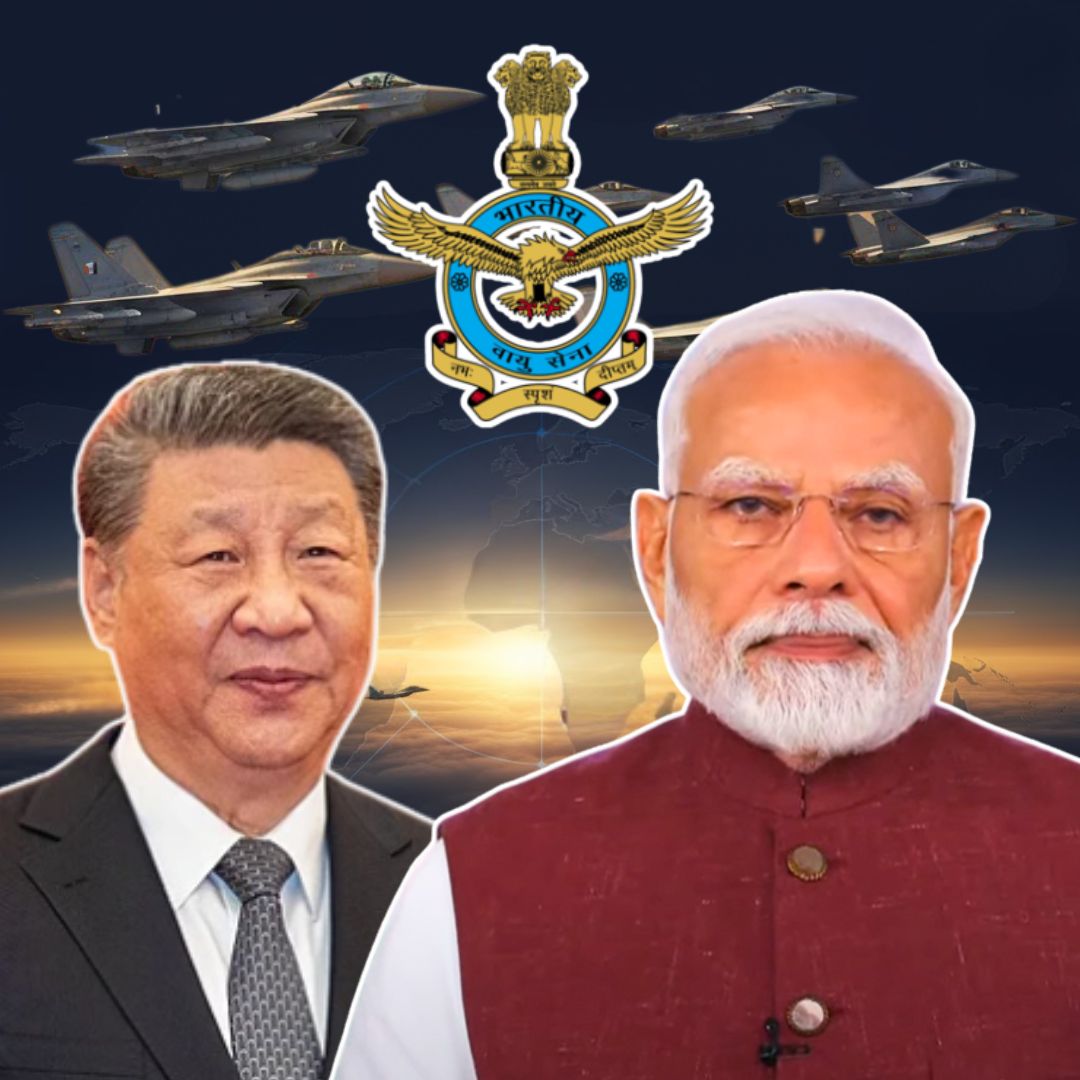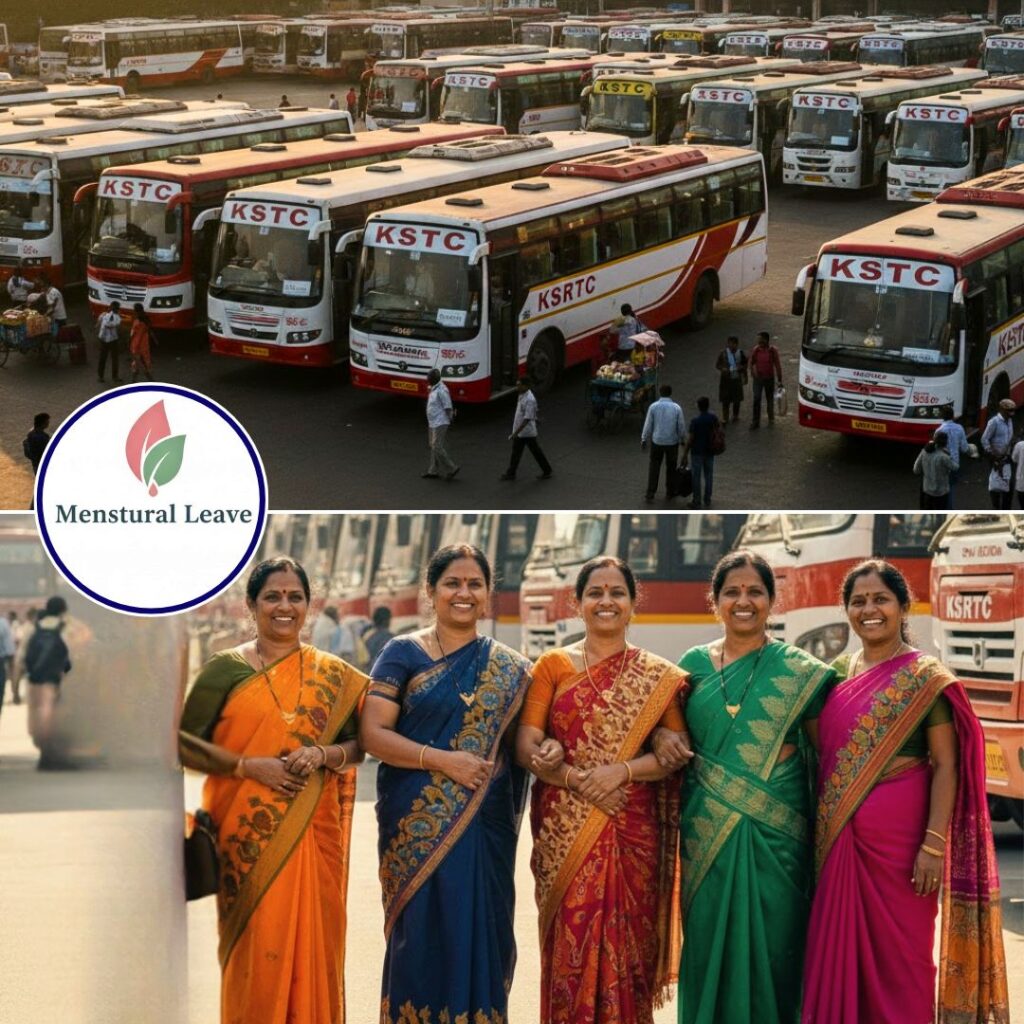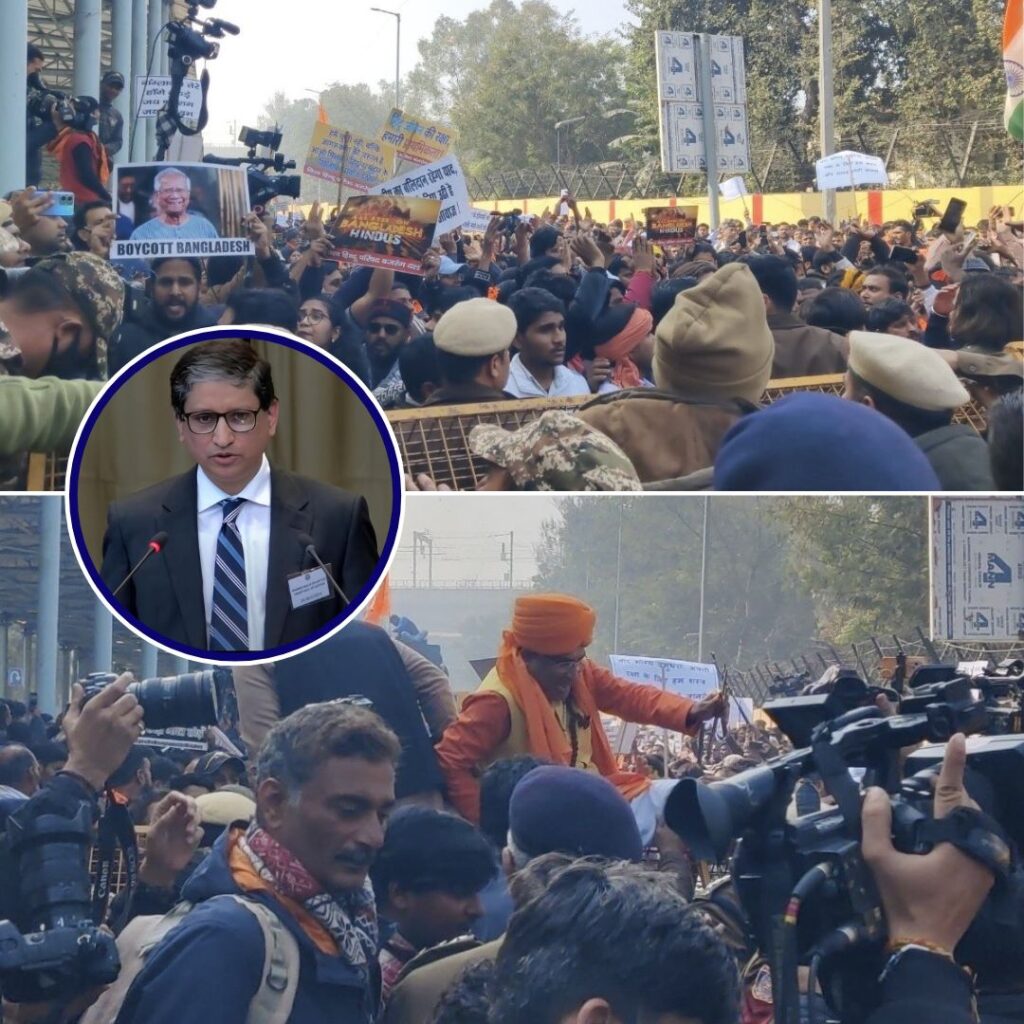The Indian Air Force (IAF) has surpassed China’s air power to become the world’s third most powerful air force, according to the latest World Directory of Modern Military Aircraft (WDMMA) 2025 rankings. Leading the list are the U.S. and Russian air forces, while China’s People’s Liberation Army Air Force (PLAAF) has slipped to fourth position.
The WDMMA uses a holistic TruVal Rating (TVR), where India’s score is 69.4 versus China’s 63.8, to assess capability beyond sheer fleet size. The IAF’s balanced inventory, modern technology, and operational versatility underpin its rise. Defence officials and experts say the achievement signals India’s strategic leap and growing self-reliance.
Asia’s Balance of Power Shifts
India’s ascent marks a major recalibration in Asia’s security dynamics. For years, China dominated the region’s aerial landscape with high numbers of aircraft, including fifth-generation stealth fighters. The rankings demonstrate that technological edge, versatile platforms, and rigorous training now matter more than simple numbers.
IAF’s fleet sources from diverse global partners, Russia’s Su-30MKI, France’s Rafale, America’s Apaches, and indigenous Tejas, giving India operational flexibility and resilience. In contrast, China’s larger but less balanced fleet faces capability gaps, particularly in close-air support and bomber units, influencing its overall TVR score.
The Figures Behind India’s Rise
The WDMMA reviews 103 countries and 129 air force branches, tracking over 48,000 aircraft worldwide, with the following TVR scores for leading air arms:
Officials’ Response and Future Plans
Indian defence officials hailed the achievement as a result of targeted procurement, indigenisation, and professional development. The government’s plan to induct more indigenous platforms—LCA Mk2, Multi-Role Fighter Aircraft (MRFA), Advanced Medium Combat Aircraft (AMCA)—is expected to strengthen the force further. Notably, the IAF will soon send two instructors to train Royal Air Force (RAF) pilots in the UK, a symbolic reversal of colonial-era roles and a mark of global recognition.
The Logical Indian’s Perspective
India’s climb in global air power rankings shows the value of strategic vision, technological modernisation, and teamwork across services and suppliers. Yet, military progress must be matched by commitments to peace, stability, and transparent civil-military relations. Defence advancements should support responsible regional leadership and international cooperation.
News in Q&A
- Who topped the WDMMA air force rankings in 2025?
The U.S. Air Force retained first place with a TruVal Rating (TVR) of 242.9, followed by Russia. India ranks third, surpassing China which holds fourth place. - What is India’s TVR and why is it significant?
India scored 69.4 on TVR, which measures capability beyond just fleet size, including modernization, operational readiness, logistical support, and training, marking a qualitative edge over China’s 63.8. - How does the IAF fleet compare with China’s PLAAF?
IAF maintains a balanced fleet with 31.6% fighters, 29% helicopters, and 21.8% trainers, including advanced 4.5-generation jets, compared to China’s fighter-heavy composition with fewer trainers, limiting flexibility. - What new developments reflect India’s military partnerships?
Two top IAF pilots will train Royal Air Force flying cadets in the UK, symbolising stronger bilateral defence ties and international military cooperation. - What are the wider implications of India’s rise in air power?
Experts see this as a strategic shift in Asia’s balance of power, with increased Indian self-reliance and enhanced military capabilities supporting regional stability and global diplomatic stature.












